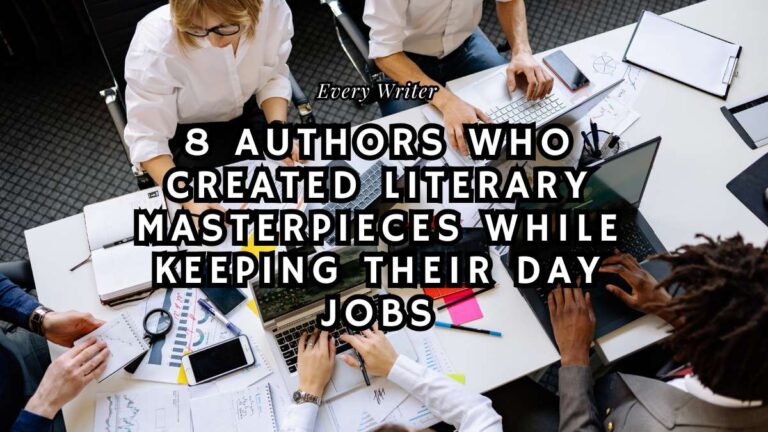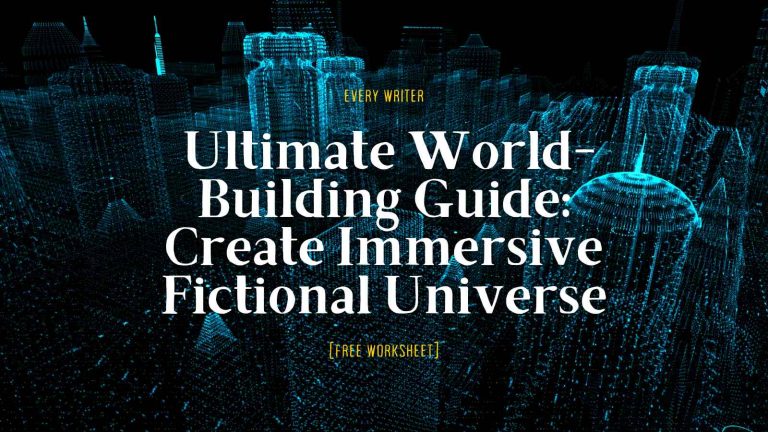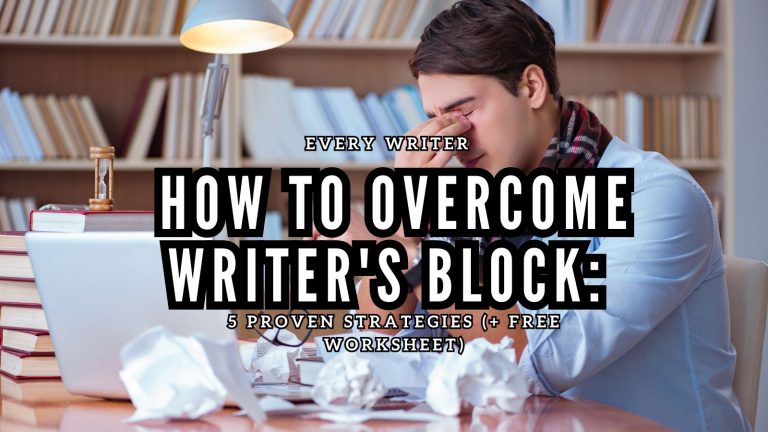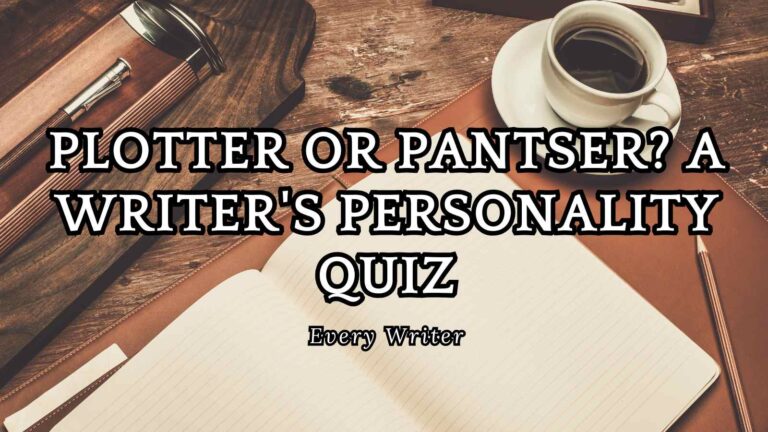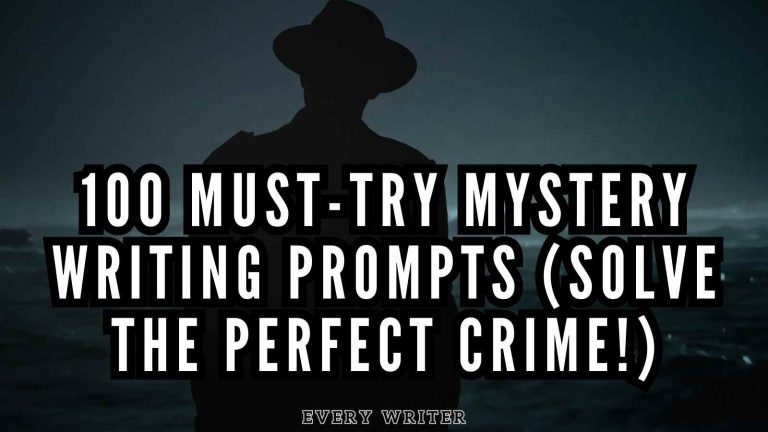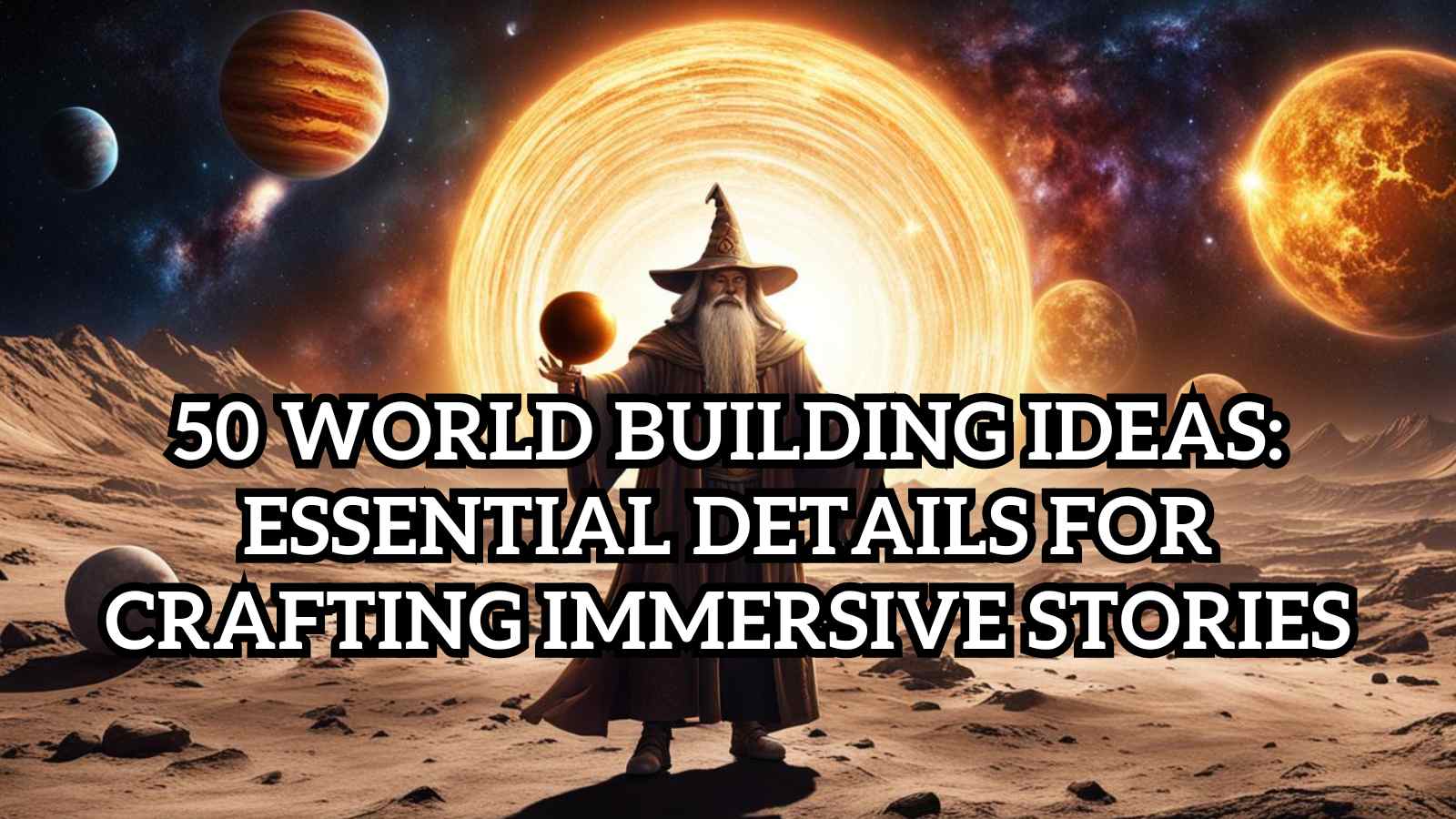
50 World Building Ideas: Essential Details for Crafting Immersive Stories
World building is the foundation upon which every great story is built. It is the process of creating a fictional universe that feels authentic, immersive, and alive. Whether you’re writing a novel, a screenplay, or developing a video game, the world you create will serve as the backdrop for your characters’ adventures and the stage upon which your plot unfolds. A well-crafted world can transport your audience to new and exciting places, making them feel as though they are part of the story.
When it comes to world building, the devil is in the details. The more thought and care you put into fleshing out the various aspects of your fictional universe, the more believable and engaging it will become. From the sweeping landscapes and towering cities to the intricate social structures and cultural nuances, every detail contributes to the overall depth and richness of your world.
One of the most important aspects of world building is consistency. Your world should feel coherent and logical, with each element fitting seamlessly into the larger whole. This means establishing clear rules and boundaries for things like magic systems, technology, and social norms. By defining these parameters early on, you create a solid framework within which your story can unfold.
Another crucial aspect of world building is diversity. Just like the real world, your fictional universe should be filled with a wide range of cultures, peoples, and environments. This not only makes your world feel more realistic but also provides endless opportunities for storytelling. By creating distinct societies with their own histories, beliefs, and customs, you open up new avenues for conflict, exploration, and growth.
But world building isn’t just about the grand, sweeping elements. It’s also about the small, intimate details that make a fictional universe feel lived in and authentic. From the food your characters eat to the clothes they wear, every detail contributes to the overall immersion of your story. By taking the time to consider these seemingly minor aspects, you create a world that feels truly alive.
To help you craft a rich and immersive fictional universe, we’ve compiled a list of 50 world building ideas and details you don’t want to forget. These prompts cover a wide range of topics, from geography and history to culture and technology. By considering each of these elements as you build your world, you’ll create a foundation that is both solid and inspiring. So let’s dive in and explore the limitless possibilities of world building!
Here are some ideas for world building:
- Geography: Create a detailed map of your world, including continents, oceans, mountains, rivers, and other geographical features. Consider how these features influence the climate, resources, and cultures of different regions.
- History: Develop a rich history for your world, including major events, wars, discoveries, and cultural shifts. This will help you understand how the current state of your world came to be.
- Cultures and Societies: Create diverse cultures and societies, each with their own customs, beliefs, languages, and social structures. Consider how these cultures interact with one another and how they have evolved over time.
- Religion and Magic: If your world includes religion or magic, establish the rules and limitations of these systems. Determine how they influence society and individuals.
- Technology: Decide on the level of technology in your world, whether it’s primitive, modern, or futuristic. Consider how technology affects daily life, warfare, and social dynamics.
- Politics: Develop the political landscape of your world, including different forms of government, alliances, and conflicts between nations or factions.
- Economy: Create an economic system for your world, including trade routes, resources, and currencies. Consider how the economy influences social classes and political power.
- Flora and Fauna: Design unique plants and animals that inhabit your world. Think about how they have adapted to the environment and how they interact with the sentient species.
- Mythology and Legends: Create myths, legends, and folktales that are unique to your world. These stories can provide insight into the world’s history, cultures, and beliefs.
- Characters: Develop a cast of characters that inhabit your world, each with their own backgrounds, motivations, and roles in shaping the world’s events.
- Architecture: Design the architectural styles for different cultures and regions in your world. Consider how the environment, available resources, and cultural beliefs influence building designs and materials.
- Education: Develop the education systems for different societies in your world. Consider how knowledge is acquired, preserved, and passed down through generations.
- Art and Entertainment: Create unique art forms, music, literature, and entertainment that are specific to your world’s cultures. Think about how these creative expressions reflect the values and experiences of the societies that produce them.
- Fashion and Clothing: Design the clothing and fashion trends for different cultures in your world. Consider how climate, social status, occupation, and cultural traditions influence clothing styles.
- Food and Cuisine: Develop the culinary traditions and staple foods for different regions in your world. Consider how the available resources, climate, and cultural preferences shape the dishes and eating habits of various societies.
- Transportation: Create the transportation systems and vehicles used in your world. Consider how the geography, technology level, and cultural practices influence the way people and goods move from place to place.
- Communication: Develop the communication methods and languages used in your world. Consider how different societies communicate over distances, preserve information, and interact with one another.
- Medicine and Healthcare: Design the medical practices and healthcare systems for different cultures in your world. Consider how the available technology, cultural beliefs, and understanding of the body and illness shape the way people maintain health and treat diseases.
- Social Norms and Taboos: Create the social norms, customs, and taboos that govern behavior in different societies. Consider how these unwritten rules influence daily life, relationships, and decision-making.
- Natural Resources and Trade: Identify the key natural resources that are available in different regions of your world. Consider how these resources are extracted, processed, and traded between societies, and how they shape economic and political power dynamics.
- Sports and Games: Create unique sports, games, and recreational activities that are popular in different cultures of your world. Consider how these activities reflect the values, skills, and interests of the societies that engage in them.
- Holidays and Festivals: Develop the holidays, festivals, and celebrations observed by different societies in your world. Consider how these events mark important cultural, religious, or historical moments and how they bring people together.
- Family Structures and Relationships: Design the family structures, marriage customs, and gender roles for different cultures in your world. Consider how these social arrangements shape individual identities, responsibilities, and expectations.
- Criminal Justice System: Create the legal systems, crime prevention strategies, and punishment methods used in different societies. Consider how these systems reflect cultural values, maintain order, and address issues of justice and rehabilitation.
- Waste Management and Sanitation: Develop the waste management and sanitation practices for different societies in your world. Consider how these systems handle garbage, sewage, and pollution, and how they impact public health and the environment.
- Aging and End-of-Life Practices: Design the ways in which different cultures in your world approach aging, death, and mourning. Consider how these practices reflect beliefs about the afterlife, the value of elders, and the role of community in supporting individuals through life’s transitions.
- Intellectual Property and Ownership: Create the systems of intellectual property, ownership, and trade secrets in your world. Consider how these systems protect creators, inventors, and businesses, and how they shape the spread of ideas and innovations.
- Diplomacy and International Relations: Develop the diplomatic protocols, international organizations, and conflict resolution strategies used by different nations in your world. Consider how these systems maintain peace, facilitate cooperation, and address global challenges.
- Subcultures and Countercultures: Create the subcultures, countercultures, and alternative lifestyles that exist within the larger societies of your world. Consider how these groups challenge mainstream norms, express unique identities, and contribute to cultural diversity.
- Migration and Diaspora: Design the patterns of migration, immigration, and diaspora communities in your world. Consider how these movements of people shape cultural exchange, economic opportunities, and political dynamics between different regions and societies.
- Natural Disasters and Environmental Challenges: Create the types of natural disasters and environmental challenges that affect different regions in your world. Consider how these events shape the landscape, influence cultural practices, and test the resilience of societies.
- Rites of Passage: Develop the rites of passage and coming-of-age ceremonies practiced by different cultures in your world. Consider how these rituals mark important transitions in life, such as birth, adulthood, marriage, and death, and how they reinforce cultural identity and values.
- Superstitions and Folk Beliefs: Create the superstitions, folk beliefs, and urban legends that are prevalent in different societies. Consider how these beliefs reflect cultural fears, values, and explanations for the unknown, and how they influence behavior and decision-making.
- Beauty Standards and Body Modification: Design the beauty standards and body modification practices of different cultures in your world. Consider how these standards reflect cultural ideals, social status, and gender norms, and how they shape personal expression and identity.
- Luxury Goods and Status Symbols: Develop the luxury goods, status symbols, and rare commodities that are prized by different societies in your world. Consider how these items reflect wealth, power, and cultural refinement, and how they drive trade, innovation, and social competition.
- Ancestry and Lineage: Create the systems of ancestry, lineage, and family trees that are important to different cultures in your world. Consider how these ties shape social hierarchies, inheritance, and cultural identity, and how they influence political and economic relationships.
- Naming Conventions: Develop the naming conventions and traditions used by different societies in your world. Consider how names reflect cultural values, family ties, and individual identity, and how they evolve over time and across generations.
- Prisons and Rehabilitation: Design the prison systems and rehabilitation practices used by different societies in your world. Consider how these systems reflect cultural attitudes towards crime, punishment, and reform, and how they balance the needs for justice, deterrence, and reintegration.
- Disability and Accessibility: Create the ways in which different cultures in your world understand and accommodate disability and accessibility needs. Consider how these practices reflect cultural values, technological advancements, and social support systems.
- Conspiracy Theories and Fringe Beliefs: Develop the conspiracy theories, fringe beliefs, and alternative explanations that exist within different societies in your world. Consider how these ideas spread, gain traction, and influence mainstream culture and politics, and how they reflect deeper social anxieties and mistrust of authority.
- Advertising and Propaganda: Create the advertising strategies, propaganda techniques, and media landscapes that shape public opinion and consumer behavior in different societies. Consider how these communication systems reflect cultural values, political agendas, and economic interests.
- Cybernetics and Transhumanism: Develop the ways in which different cultures in your world approach cybernetics, genetic engineering, and other forms of human enhancement. Consider how these technologies shape personal identity, social hierarchies, and cultural debates about the nature of humanity.
- Archaeological Mysteries: Create ancient ruins, lost civilizations, and archaeological mysteries that hint at the deeper history and hidden secrets of your world. Consider how these remnants of the past shape cultural identities, inspire exploration and adventure, and hold the keys to powerful knowledge or artifacts.
- Virtual Reality and Simulated Worlds: Design the virtual reality technologies, simulated environments, and digital subcultures that exist within your world. Consider how these virtual spaces blur the lines between reality and fantasy, enable new forms of social interaction and expression, and shape cultural values and behaviors.
- Cosmic Threats and Existential Risks: Develop the cosmic threats, existential risks, and doomsday scenarios that loom over the civilizations of your world. Consider how these global challenges, such as asteroid impacts, pandemics, or hostile alien invasions, shape cultural priorities, technological advancements, and international cooperation.
- Immortality and Life Extension: Create the ways in which different cultures in your world pursue immortality, life extension, and the preservation of consciousness. Consider how these technologies and practices shape personal identity, social relationships, and cultural attitudes towards death and the value of life.
- Parallel Universes and Alternate Realities: Develop the theories, technologies, and cultural beliefs surrounding parallel universes, alternate realities, and other dimensions that exist within your world. Consider how these concepts shape scientific research, philosophical debates, and popular imagination.
- Artificial Intelligence and Machine Consciousness: Design the artificial intelligence systems, robots, and machine consciousnesses that exist within your world. Consider how these entities shape economic productivity, social relationships, and cultural debates about the nature of intelligence and personhood.
- Psychic Powers and Extrasensory Perception: Create the psychic abilities, extrasensory powers, and paranormal phenomena that exist within your world. Consider how these abilities shape personal identity, social hierarchies, and cultural beliefs about the nature of reality and human potential.
- Time Travel and Temporal Paradoxes: Develop the theories, technologies, and cultural beliefs surrounding time travel, temporal paradoxes, and the malleability of history within your world. Consider how these concepts shape scientific research, philosophical debates, and popular imagination, and how they create narrative opportunities for exploring alternate timelines and the consequences of changing the past.
World Building With Brandon Sanderson
Brandon Sanderson is an American fantasy and science fiction author, born on December 19, 1975, in Lincoln, Nebraska. He is best known for his Mistborn series, The Stormlight Archive series, and his work in finishing Robert Jordan’s epic fantasy series, The Wheel of Time. Sanderson received a Bachelor’s degree in English Literature from Brigham Young University in 2000 and a Master’s degree in Creative Writing in 2005. His first novel, Elantris, was published in 2005, and since then, he has gained a reputation for his intricate magic systems, detailed world-building, and consistent output. In addition to his writing career, Sanderson has taught creative writing at Brigham Young University and is known for his engaging interaction with his fans. He has won several awards for his works, including the Hugo Award and the David Gemmell Legend Award.
In this video he explores the process of world building and the different aspects that should not be forgotten.
Famous Fictional Worlds: Inspiring Examples of Masterful World Building
Throughout the history of storytelling, there have been countless examples of masterfully crafted fictional worlds that have captured the imaginations of audiences around the globe. These universes are so rich, immersive, and believable that they feel almost like real places, inspiring countless spin-offs, adaptations, and fan works. Let’s take a closer look at some of the most famous and inspiring examples of world building in popular culture.
One of the most iconic fictional worlds of all time is J.R.R. Tolkien’s Middle-earth, the setting for his beloved novels “The Hobbit” and “The Lord of the Rings.” Tolkien’s world is a masterclass in world building, with a rich history, complex languages, and detailed geography that feels both authentic and magical. From the rolling hills of the Shire to the towering peaks of Mordor, every aspect of Middle-earth is carefully crafted and imbued with meaning.
Another classic example of world building is Frank Herbert’s Dune universe, which encompasses a vast and complex interstellar society centered around the desert planet Arrakis. Herbert’s world is a masterful blend of science fiction and fantasy, with a intricate political system, a unique ecology, and a deep spiritual undertone that explores themes of power, prophecy, and ecological sustainability.
In the realm of science fiction, few fictional worlds are as iconic as Gene Roddenberry’s Star Trek universe. With its diverse alien species, advanced technology, and utopian vision of the future, Star Trek has inspired generations of fans and sparked countless discussions about the nature of exploration, diplomacy, and social progress. The Star Trek universe is a prime example of how world building can be used to explore complex social and philosophical ideas in a compelling and accessible way.
More recently, George R.R. Martin’s Westeros, the setting for his “A Song of Ice and Fire” series and the hit television show “Game of Thrones,” has become one of the most talked-about fictional worlds in popular culture. Martin’s world is a gritty, morally ambiguous realm of political intrigue, supernatural threats, and complex character relationships. The detailed history, mythology, and geography of Westeros have inspired countless fan theories, discussions, and adaptations.
Finally, no discussion of famous fictional worlds would be complete without mentioning the Marvel Cinematic Universe, which encompasses a vast and interconnected series of superhero stories across film, television, and comic books. The MCU is a masterclass in world building on a grand scale, with a complex web of characters, storylines, and settings that feel both fantastical and grounded in reality. From the high-tech cityscape of Tony Stark’s New York to the cosmic realms of the Guardians of the Galaxy, the MCU is a testament to the power of world building to create immersive and engaging stories that capture the imaginations of audiences around the world.
These are just a few examples of the many famous fictional worlds that have left an indelible mark on popular culture. As you embark on your own world building journey, take inspiration from these masterful examples and strive to create a universe that is just as rich, immersive, and unforgettable. With dedication, creativity, and attention to detail, you too can craft a fictional world that will captivate and inspire audiences for generations to come.
In conclusion, world building is a crucial aspect of storytelling that should not be overlooked. By taking the time to carefully craft the various elements of your fictional universe, you create a rich and immersive experience for your audience. From the grand, sweeping landscapes to the intricate social structures and cultural nuances, every detail contributes to the overall depth and believability of your world.
The 50 world building ideas and prompts we’ve explored in this article are just the beginning. As you continue to develop your fictional universe, you’ll undoubtedly discover new and exciting aspects to explore. The key is to remain curious, creative, and consistent. By approaching world building with a sense of wonder and a commitment to logical consistency, you’ll create a universe that feels both authentic and inspiring.
Remember, world building is not a one-time process. As your story evolves and your characters grow, so too will your fictional universe. Don’t be afraid to revisit and refine your world building as needed, adding new layers of depth and complexity as your story demands. By remaining flexible and open to new possibilities, you’ll create a world that is truly alive and dynamic.
Ultimately, the goal of world building is to create a fictional universe that captures the imagination and transports your audience to new and exciting places. Whether you’re writing a novel, a screenplay, or developing a video game, the world you create will serve as the foundation upon which your story is built. By crafting a rich and immersive universe, you invite your audience to step inside and experience the magic of storytelling firsthand.
So go forth and build your world with confidence and creativity. Use the 50 world building ideas and prompts we’ve explored as a starting point, but don’t be afraid to let your imagination run wild. The only limit is your own creativity. With careful planning, attention to detail, and a commitment to logical consistency, you’ll create a fictional universe that is both captivating and unforgettable. Happy world building!
- 8 Authors Who Created Literary Masterpieces Keeping Their Day Jobs - March 31, 2025
- Plotter or Pantser? A Writer’s Personality Quiz - March 30, 2025
- 100 Must-Try Mystery Writing Prompts (Solve the Perfect Crime!) - March 22, 2025
